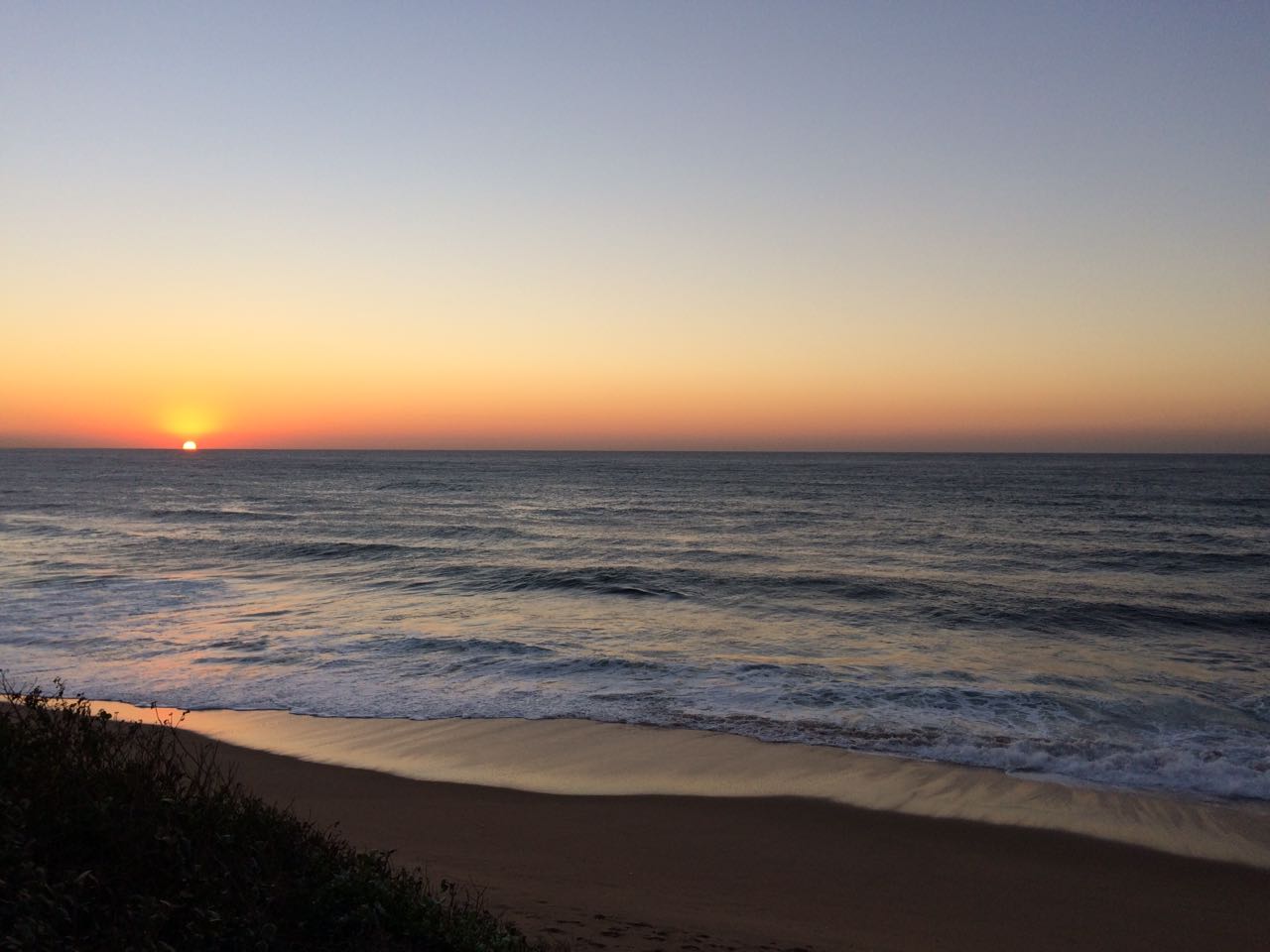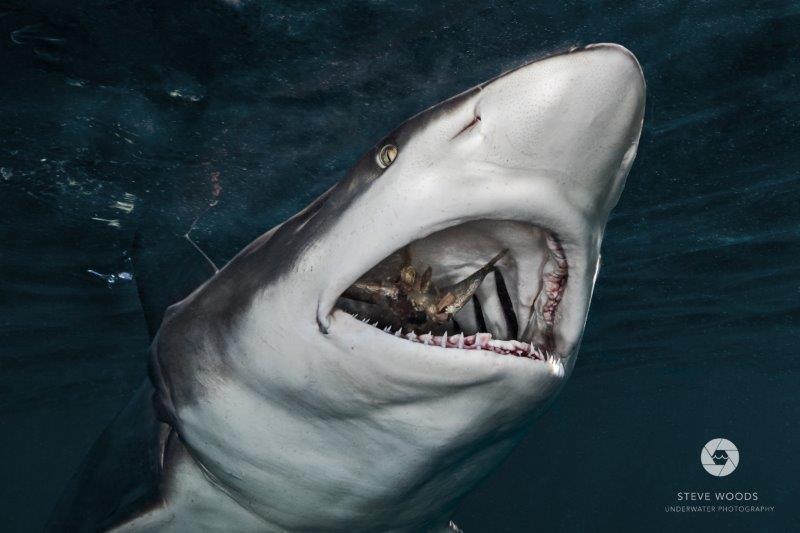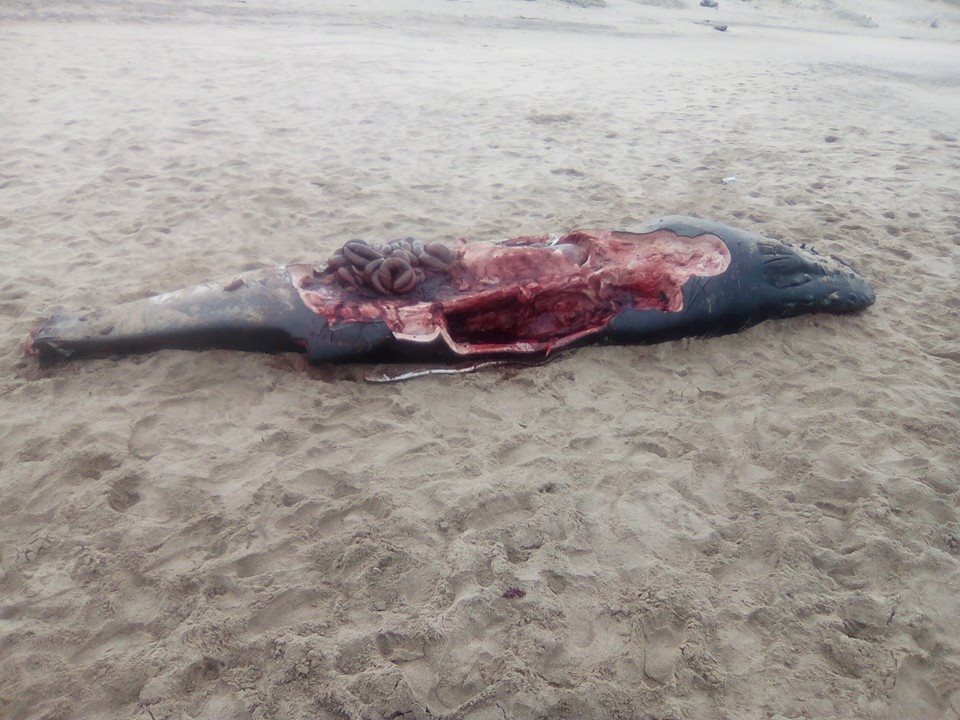Possible final sardine report for 2017
Possible final sardine report for 2017 Possible final sardine report for 2017 – although you never know! Sometimes the sardines only come in September and later?! Sardines have still been spotted along the backline, sporadically this last week of August 2017. With some huge fish harassing them. And now it turns into a fishing report! … Read more




